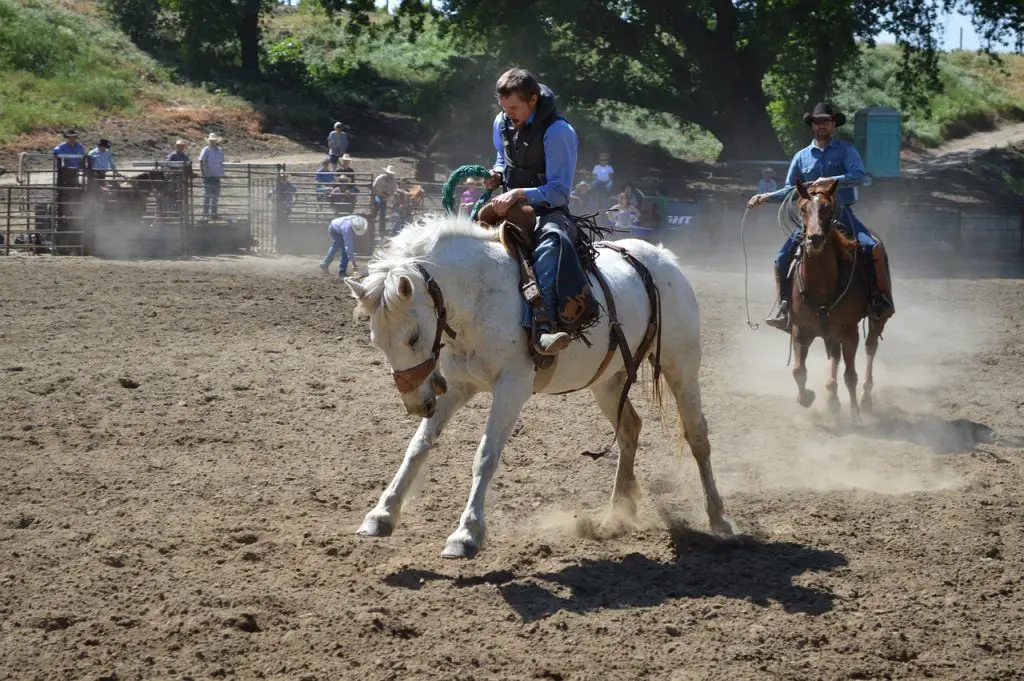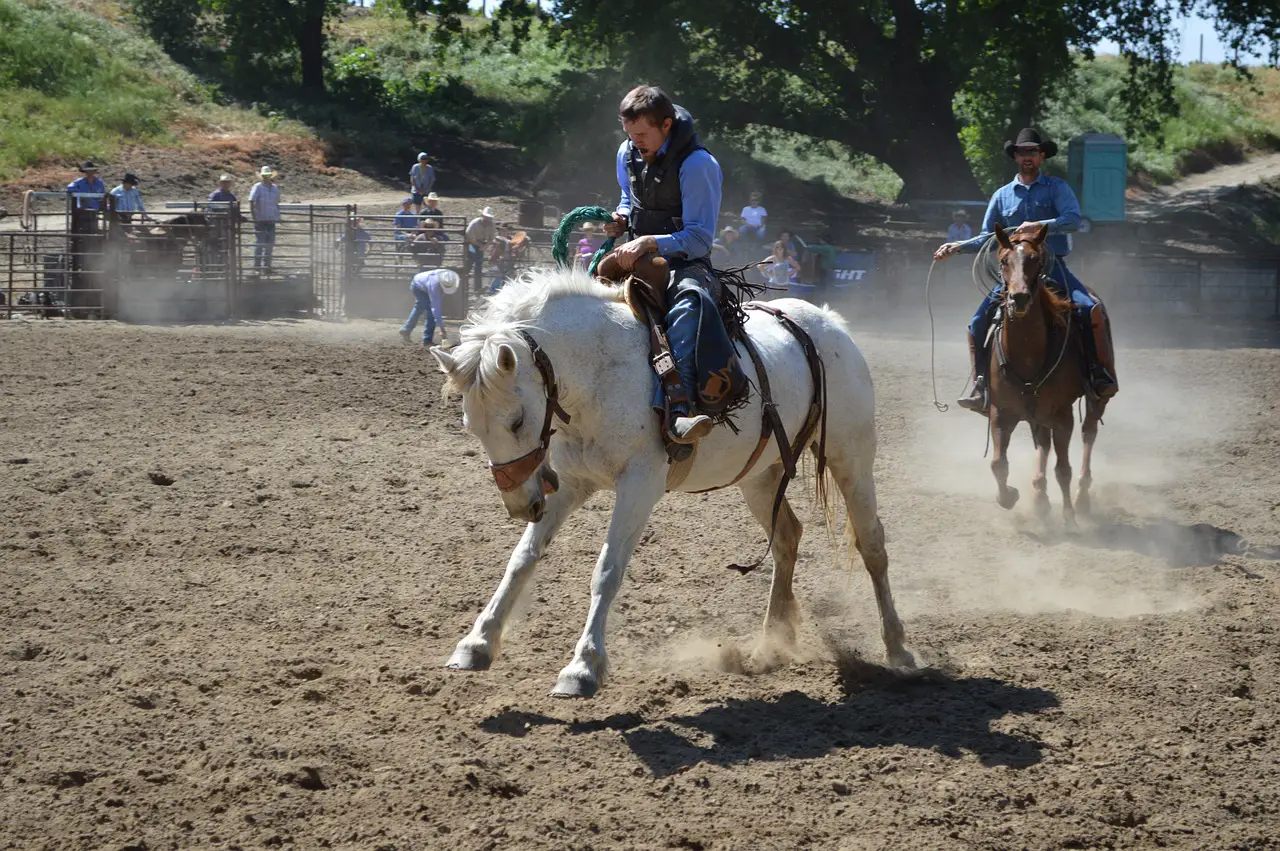Last Updated on March 4, 2022 by Allison Price
Here are some simple exercises that will help you horse jump in a calm and rhythmic manner.
Jumping too fast is a common problem. Many riders prefer a horse that pulls them to the jumps to a horse you have to push. However, as jumps become more complex and more difficult, rushing can be dangerous.
It can be difficult for horses to make the right strides when they are being slowed. A horse that is constantly trying to slow down can make it difficult to get the correct amount of strides over a distance.
These simple exercises, including images, will help you teach your horse to jump in a calm and rhythmic manner. These exercises don’t require you to jump over large fences.
1. Simple grid
A placing pole should be set up, then a cross pole about 2.5m (or three normal human steps) will follow. Next, set up a placing pole and a cross pole approximately 2.5 metres (or three normal human steps) after the placing pole.
Place a placing stick in the middle of the small vertical and cross pole. Place another placing pole in the middle of the cross pole and small vertical. It should be approximately 2.5m from the fence.
Canter or trot in the grid. The horse can then canter over the jumps and to the final pole. Finally, quietly switch to walking. Calmly walk to the grid’s beginning and trot only a few steps before the pole.
The canter pole is placed at the end the grid to prevent horses from launching after landing. This is to prevent horses from jumping after landing.

Placing poles in between fences forces horses to wait for jumps. The shorter distances also help prevent horse from rushing, as they are less likely to be pushed into the fence.
2. Jump with canter poles
A line of canter poles is a great exercise for horses who rush. You can use 4 to 5, but you can also add to it (or even three), depending on the space available. The small vertical follows the last pole.
The canter poles should always be placed one stride from each other. The jump should take place one stride after the last pole. Refer to the setup below.
Canter pole spacing will be approximately 6.4m or 7 paces. You can reduce the distance by one pace if your horse is short or has a shorter stride. Distance from the last canter pole up to the jump should not exceed 7.3 metres.
Ask your horse to slow down and wait while you ride through the poles. This may be repeated several times, but you should continue riding straight through the poles keeping your eyes on a clear rhythm.
Once your horse is settled through the exercise remove the nearest pole to the jump. You want to get rid of all the poles but one and canter along a stable distance (often around 7 to 8 strides, depending on how many canter poles were available) from the pole to jump.
3. Jumps on a circle
This is a very easy exercise that is often overlooked. We’ve heard it called everything, from “the wheel of death” to “just so boring!”
It is useful for establishing a rhythm and a good canter. It’s great for the rider to work on their eye because the jumps will keep coming. This can help stop horses from rushing and anxiety.
Two cross poles should be placed at 12 and 6, or 3 and 9, depending on the circle. As your horse begins to listen to you, set up two cross poles at 12 and 6 or 3 and 9 on a circle.
To ride the fences correctly and consistently every time requires discipline from both you as well as your horse. Your job is to calmly sit down and prepare your horse to land on the correct side by looking at where you are going.
The goal is to get your horse into the fence deep and maintain a short, buoyant canter throughout. You should get your horse to bend around your inner leg and contain the canter.
The repetitive nature of the exercise can help calm fizzy horses and relax them, as they realize that nothing exciting is happening.



